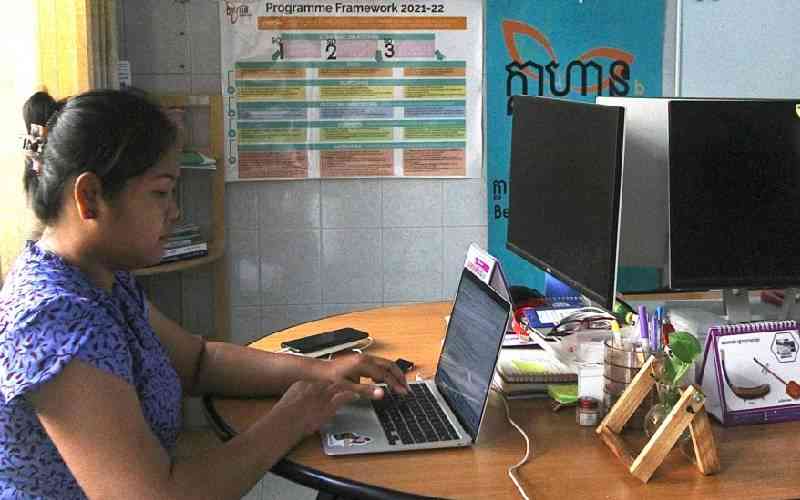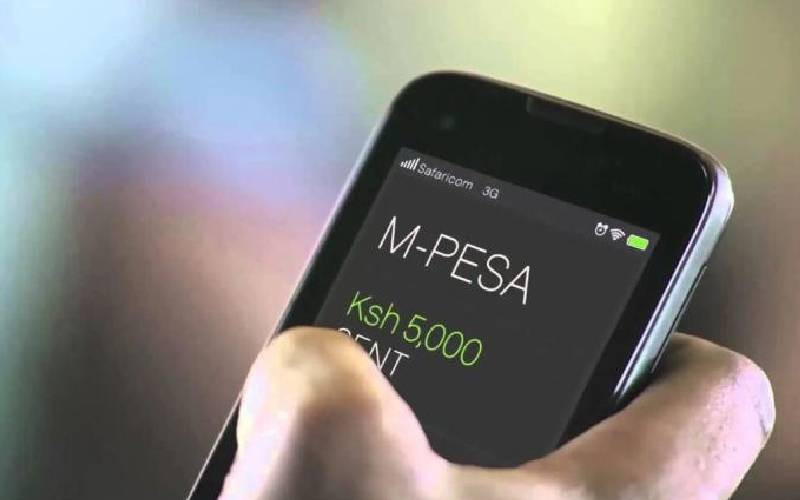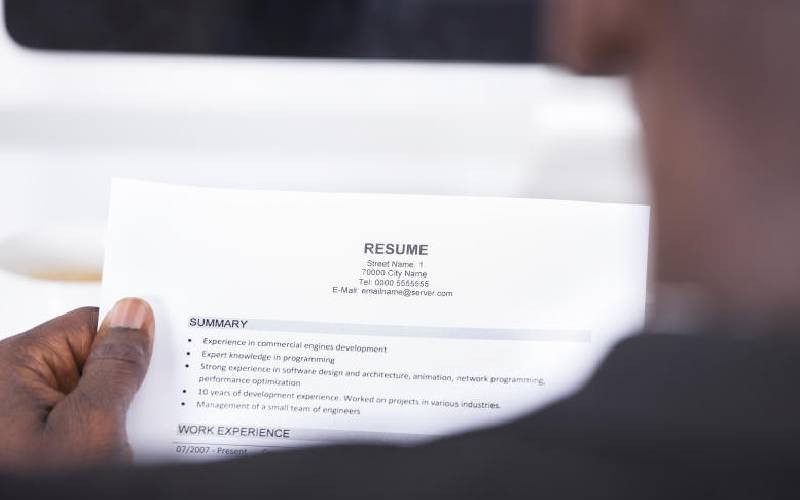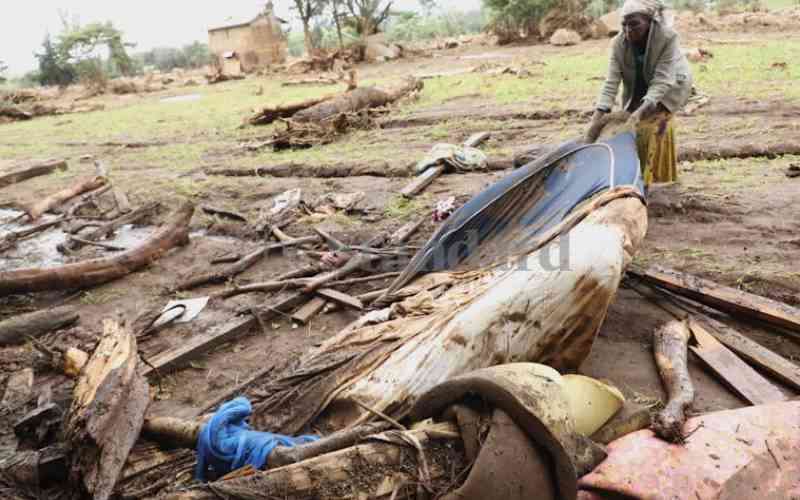By Lillian Aluanga-Delvaux
The toys atop a desk and file cabinet belie the seriousness of the matters often discussed in the office located on the fourth flour of Nairobi’s Milimani Law Courts.
Not too far from the desk stands yet another cabinet, with a glass door, that holds voluminous texts neatly stacked across several shelves.
The toys, in many cases, help break the ice and provide a friendly atmosphere for a child that may otherwise be intimidated by the surroundings.
“I sometimes talk to the children to get their feelings on a matter. Such information could help me make a decision on a case,” says acting Principal Magistrate Anthony Mwicigi.
Mr Mwicigi, who is also the Kenya Magistrates and Judges Association vice-chairman, has been working at the children’s courts for the past three years and admits it can be draining.
“I see a lot of couples coming before me with a vendetta that is often more about settling scores than finding the best solution for the children,” he says.
“Parents should remember that while it is possible for them to divorce or separate, one can never divorce their child,” adds Mr Mwicigi.
At the Milimani Courts it is clear the approach of the children’s courts is one that tries to make it as friendly as possible, given the kind of clients it serves.
For instance, the sitting arrangement within the court is less intimidating, with much smaller rooms and fewer people allowed into the sessions. Prosecutors at the Children’s courts are also not uniformed, as may be the case in other courts.
Joan Ireri, a programme manager on access to justice at The Cradle – The Children Foundation, also points to similarities between the courts and those in the UK, given that legal procedures of Kenya’s courts are largely borrowed from England.
“For instance, there is the requirement of proceedings being conducted in camera, the reference of cases by initials, and no real names used to protect the identity of the children,” she says.
But there are also other things that make these courts unique.
Sometimes solutions to the cases may come from the most unlikely sources.
“I have spoken to three or four-year-olds that can eloquently express themselves and give one insight into what could be happening at home,” says Mwicigi.
Stay informed. Subscribe to our newsletter
The magistrate says most times parties in custody disputes have a set mind on ‘getting money’ from an estranged partner, but get disappointed when some of their demands are not granted by the courts.
Although custody and maintenance disputes top the list of cases at the children’s court, there are also those involving children in conflict with the law.
These include cases where children are alleged to have stolen or committed sexual offences, or need protection.
Mwicigi recalls one of the most difficult cases he has handled – that of a boy, 17, charged with defiling a girl, 16.
Although the girl insisted the sexual encounter was consensual, her parents were adamant she had been defiled. They wanted the accused punished for committing a statutory offence.
Then there was also another case of a boy, 14, alleged to have defiled at least four nine-year-old girls.
Ms Ireri says the number of cases at the courts has risen in recent years, primarily because more people are aware of their rights as provided for by current laws.
“We now have the Children’s Act that specifically caters for children and more organisations offering free legal aid to litigants who cannot afford legal fees.
“We also have more magistrates at the children’s court, which means the process of hearing cases is expedited,” she adds.
Mwicigi says while the hiring of more magistrates at the courts has helped hasten cases, there is still need to boost the numbers.
“Previously there were only two of us. We would handle between 40 and 60 cases a day. There are now five magistrates, but there is still a lot of work,” says Mwicigi. He proposes a minimum of 10 magistrates for the courts.
In Kenya, the children’s courts are established under Section 73 of the Children Act. They are mandated to hear charges against children except for those on murder, or where a child has been charged with persons aged over 18 years.
But while cases at the children’s courts can be dispensed with, within days there is always a likelihood of matters being revisited later.
“Circumstances may change and parents may be back here after some years to seek redirection from the court, so long as the children are still under 18 years,” says Mwicigi.
Take an example of cases where the paternity of a child is disputed.
“Hundreds of DNA tests have been conducted during the time I have served as a magistrate in these courts and only about four were negative,” says Mwicigi.
What this means is that the mothers of these children can legally pursue maintenance suits that would compel the fathers of their children to shoulder some responsibility in their upbringing.
 The Standard Group Plc is a
multi-media organization with investments in media platforms spanning newspaper
print operations, television, radio broadcasting, digital and online services. The
Standard Group is recognized as a leading multi-media house in Kenya with a key
influence in matters of national and international interest.
The Standard Group Plc is a
multi-media organization with investments in media platforms spanning newspaper
print operations, television, radio broadcasting, digital and online services. The
Standard Group is recognized as a leading multi-media house in Kenya with a key
influence in matters of national and international interest.
 The Standard Group Plc is a
multi-media organization with investments in media platforms spanning newspaper
print operations, television, radio broadcasting, digital and online services. The
Standard Group is recognized as a leading multi-media house in Kenya with a key
influence in matters of national and international interest.
The Standard Group Plc is a
multi-media organization with investments in media platforms spanning newspaper
print operations, television, radio broadcasting, digital and online services. The
Standard Group is recognized as a leading multi-media house in Kenya with a key
influence in matters of national and international interest.








